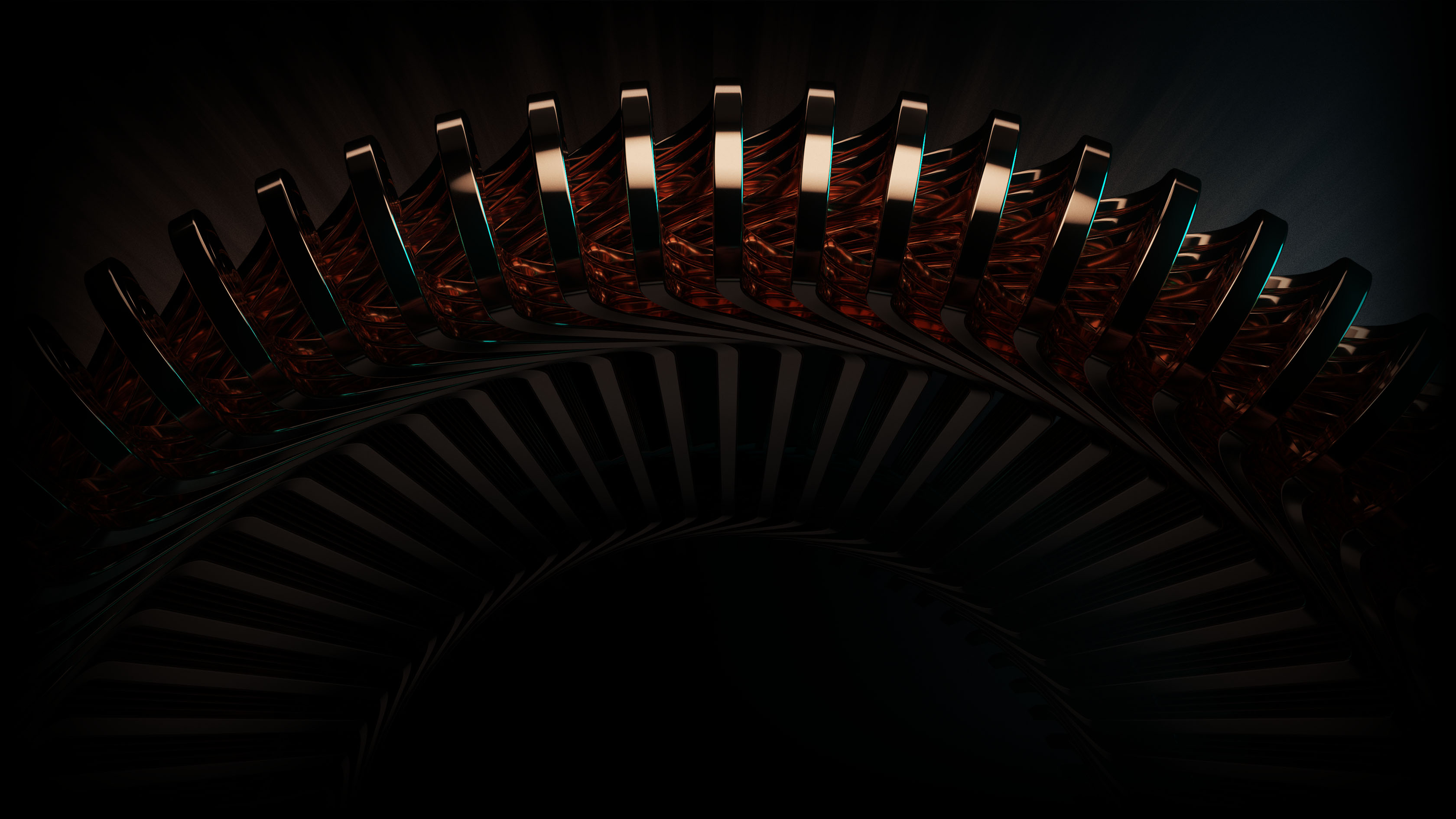
.
Benchmark
electric drive
systems.
Hyperdrives provides electric drive systems designed to set a new benchmark for performance-to-cost. They are more compact, more efficient and they reduce cost and raw material input by up to 50%. Our systems are developed with mass production in mind and are suitable for a variety of industries and applications.
What sets us apart
The Hyperdrives advantage.
At Hyperdrives, we are committed to driving a widespread adoption of electrification across all industries. For that reason, our electric motors are designed to be versatile and scalable. Ranging from a low-cost, rare-earth magnet-free design for automotive applications, to ultra-high continuous power and torque density solutions for the aerospace industry.
Featuring in all our systems, are our advanced cooling and winding technology. It is this innovation that keeps Hyperdrives miles ahead of the competition.
Featuring in all our systems, are our advanced cooling and winding technology. It is this innovation that keeps Hyperdrives miles ahead of the competition.
Highly power dense.
High continuous power and torque outputs in a package that is up to 50% smaller than state-of-the-art motors.
Cost effective and sustainable.
40% lower material input and cost, with fewer rare-earth magnets making it suitable for high-volume mass production.
Efficient where it counts.
Exceptionally efficient in partial load conditions. Resulting in up to 10% more efficient operation in most use case cycles.
Company
Who we are.
Hyperdrives is an all-signal-no-noise company, based in the heart of Munich, Germany. Our goal is to foster the decarbonization across all industries, with the vision to establish a new benchmark for electric drive systems in volume markets where performance-to-cost is key.
Discover our company 
